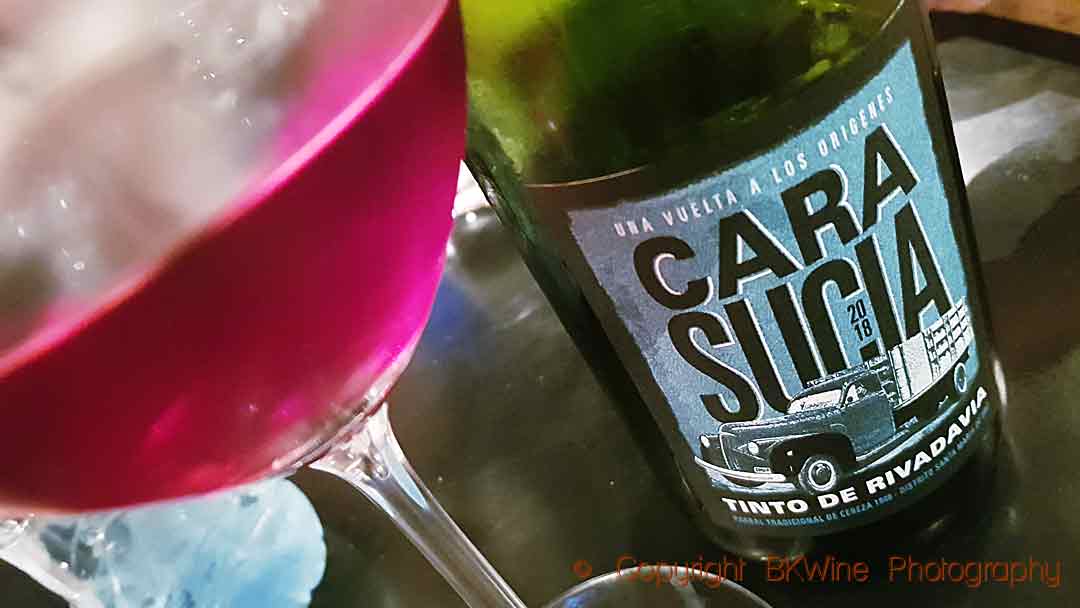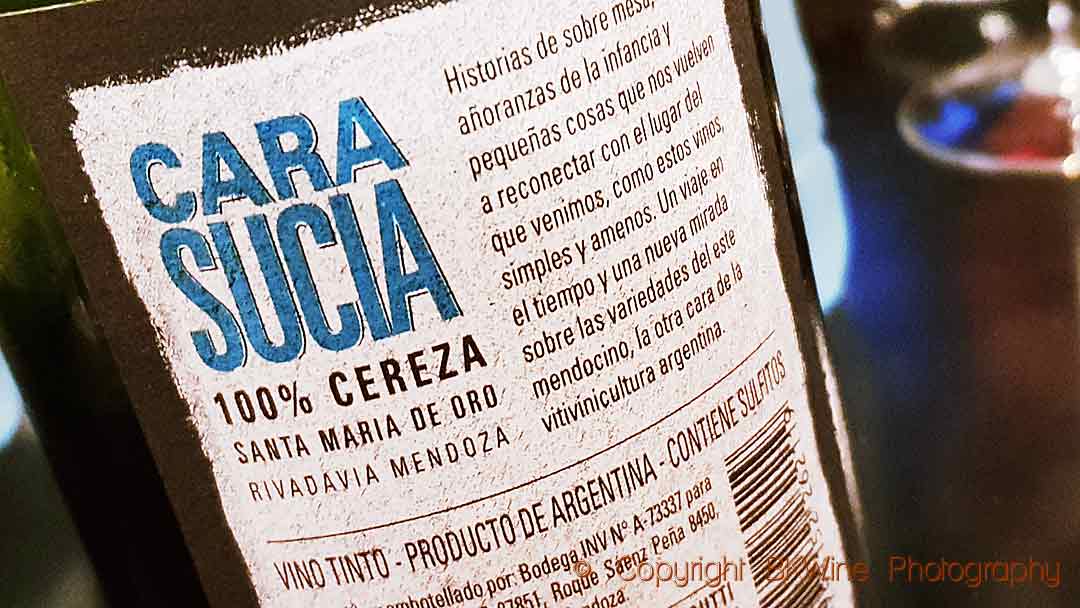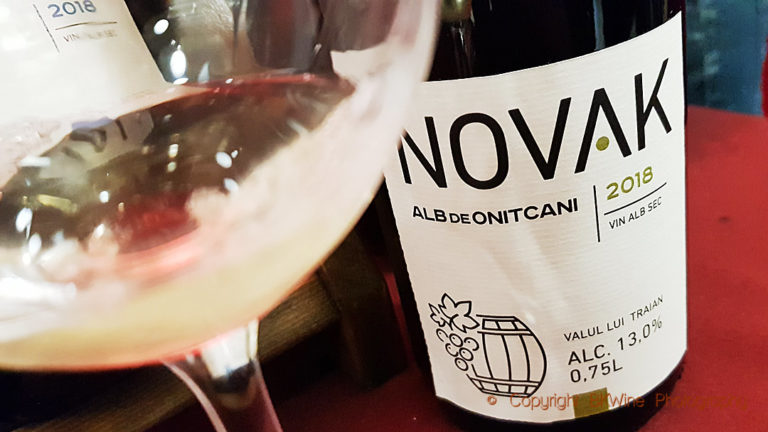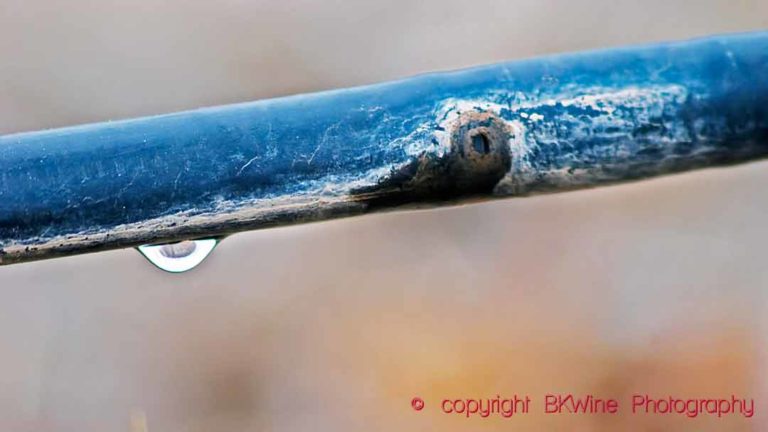Criolla is the collective name of the grapes in South America that were either brought here as seeds or cuttings by the Spaniards in the 17th century or which are the result of spontaneous crossings that took place in South America between these European grape varieties.
Listán negro, listan prieto, moscatel de alejandría and pedro ximénez came to Argentina as seeds and have since stood as parents to a whole lot of criolla grapes. So far, Argentina has done its best to keep these grapes away from the wine tourists. They have often been considered of lower quality.
But this may be about to change. The Argentinians now believe that the wine world is ready to be introduced to these unique grapes and that criolla is a legacy that they should take care of and take advantage of.
The only criolla grape known on export markets today is the white torrontés which has become something of a trendy grape in Argentina. The parents are listan prieto and muscat d’alexandrie which explains the aromatic character. In certain wine shops in Mendoza you will also find criolla chica which is another name for listan prieto. All other criollas (such as criolla grande and criolla cereza) are crosses that occurred in Argentina. The criolla grapes give light, fruity and easy-drinking wines, just what many people want today.
Read more about criolla in Argentina here: winesofargentina
Travel: Come with us on a wine tour to Argentina and Chile.














2 Responses
This fad is certainly not for me. Tasting wines made from Criolla (called País in Chile) made me realise why it used to be considered low quality. It gives wines that are thin, bitter and devoid of flavour. I never had a single Criolla or País wine worth its price.
I’ve had a few good ones. Not great wines but some that were very drinkable. Have not tasted many though. They’re hard to find.